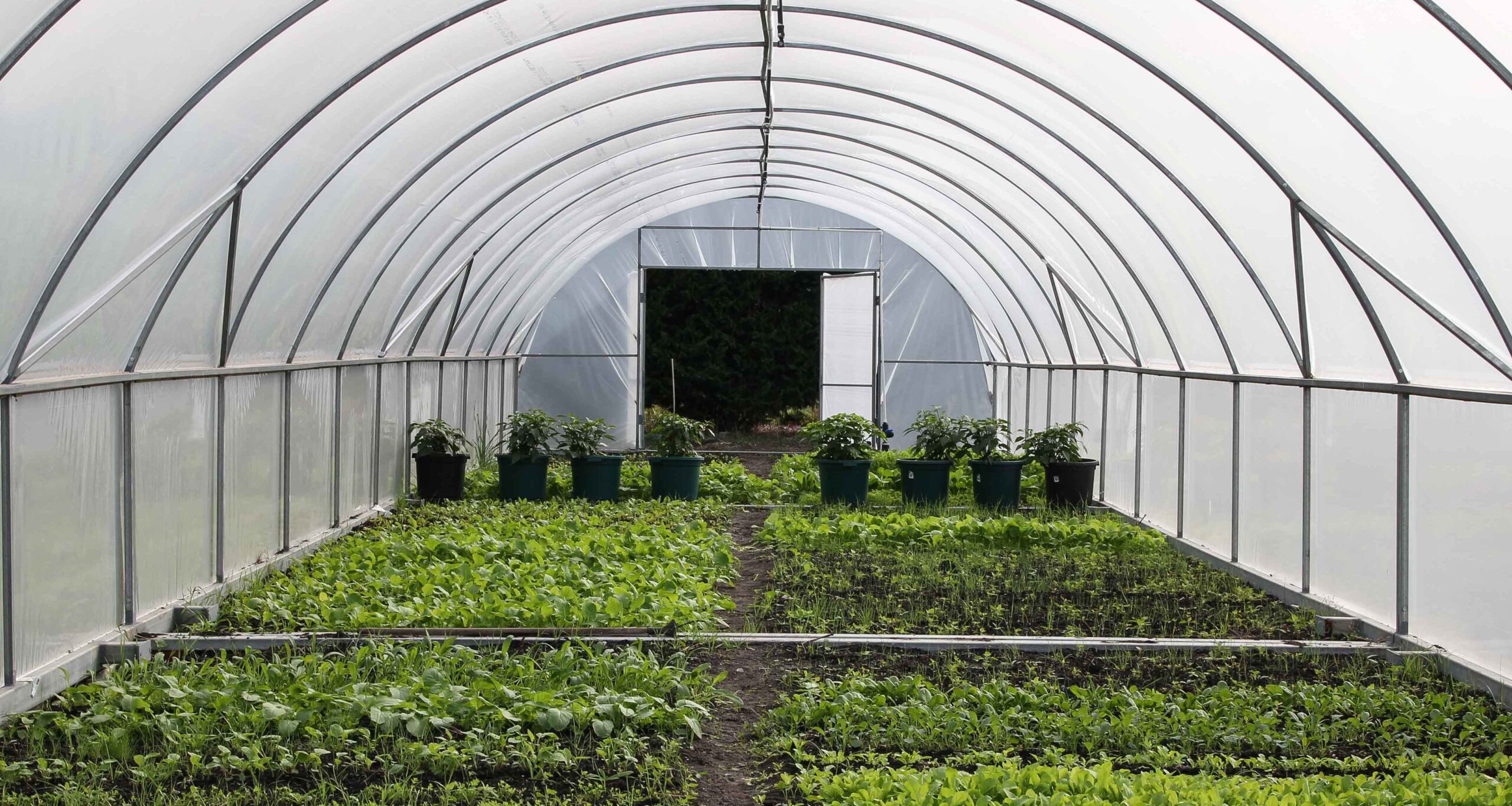Greenhouse growing
2019-04-30T05:10:28+10:00
You can use a structure such as a greenhouse to modify climate conditions, says Justin Russell, protecting plants or extending the growing season for cold-sensitive crops.
There are some excellent ready-made greenhouses, glasshouses and other structures for growing under cover. But there’s one important question to answer before you even start.
What kind of structure?
Before you buy or build a greenhouse or polytunnel, it’s vital to know exactly what you want to do in it – now and maybe down the track. If propagation is the aim, opt for a concrete or gravel floor (the latter is ideal for helping maintain humidity levels) and ensure you can provide ventilation during very wet weather or on unseasonably hot days. Besides potentially cooking seedlings, hot humid greenhouses can exacerbate fungal diseases such as damping off (stem rot). Ensure that your structure has something like roof vents, doors that can be opened, or sides that roll up to allow breeze to flow through when necessary.
A structure used primarily for cropping has different requirements. Ideally, it will be large enough to accommodate a reasonable number of plants, and the floor will usually be bare earth (though raised beds and wicking gardens can be built over pretty much any flooring material). Ventilation isn’t quite as important in houses used for cropping, but it’s still a necessity during periods of intense heat. The choice of material used to cover your greenhouse depends on what you want to grow and where.
For example, crops like lettuces and Asian greens benefit from being grown in a shade tunnel during summer in hot climate zones. In cold areas, plastic covered tunnels are useful for growing these crops during winter. A traditional means of reducing heat in greenhouses and polytunnels during hot summers is to paint the walls/roof with lime wash (this is washed off again in winter to let more light into the structure), but many growers these days find it more convenient to use shade cloth either laid over the top of a plastic cover or draped below the roof.
DIY options
A quick search online will turn up dozens of examples of greenhouses or tunnels built by do-it-yourselfers. I’ve seen some amazing structures made from recycled soft drink bottles, clear corrugated polycarbonate roof sheeting, and recycled windows. There are lots of options to explore and, potentially, you could build something for free by scouring recycling depots and tip shops. Here are some things to consider.
Longevity of materials: some materials (especially untreated plastics) aren’t made to be in the sun and can rapidly perish. Others, such as untreated timber, can quickly rot in damp conditions.
Wind: I’ve seen lots of homemade greenhouses/tunnels become mangled wrecks after one decent storm. Polytunnels are more susceptible than shade houses, but in most cases it’s worth thinking about positioning your structure in a sheltered location and installing adequate bracing
For more gardening tips and ideas get the latest issue of ABC Organic Gardener Magazine here.






